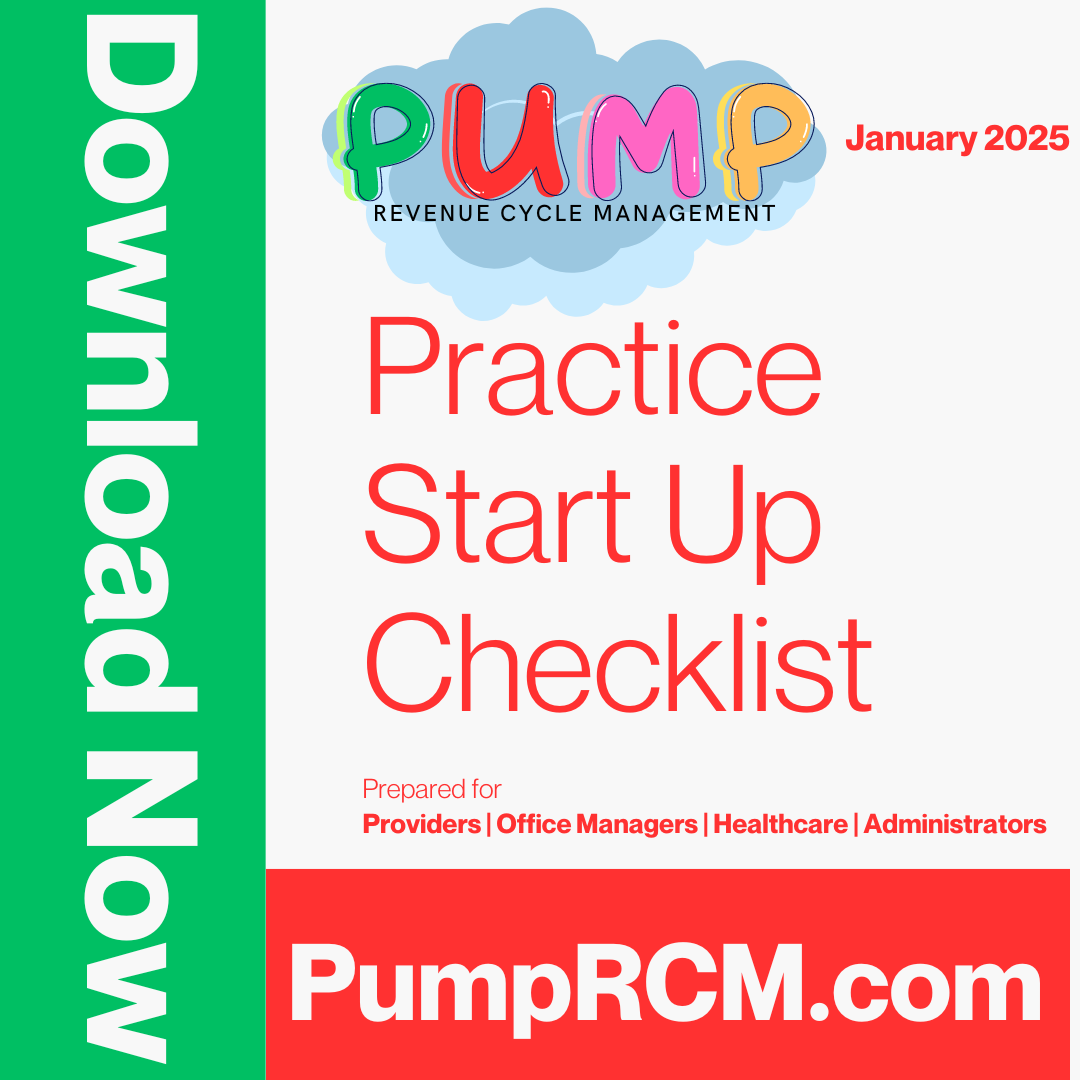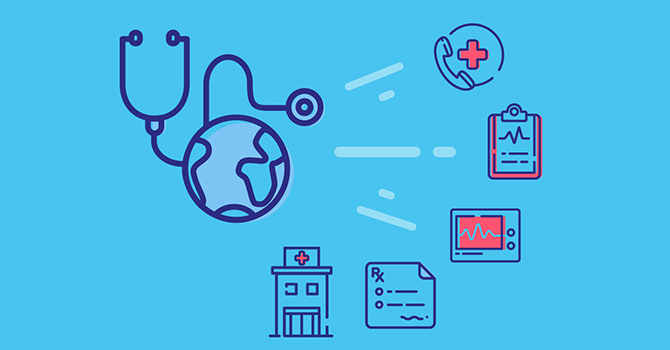A Comprehensive Overview on Just How Health Care RCM Works to Improve Billing and Collections
Navigating the intricacies of medical care revenue cycle administration (RCM) is important for suppliers intending to enhance their payment and collections procedures. The overview unpacks the details of RCM, from person registration to receivables management, using insights right into enhancing each step. Integrating advanced technology and standard procedures can substantially lower case rejections and increase settlement cycles. Yet, the true challenge depends on flawlessly combining these elements to improve cash flow. As we discover the core parts and methods that drive efficiency, one question continues to be: how can health care entities best placement themselves to thrive monetarily in an ever-evolving market?
Understanding Profits Cycle Management
Realizing the intricacies of Profits Cycle Monitoring (RCM) is vital for medical care companies aiming to enhance their economic performance. RCM is an essential management function that incorporates the entire financial procedure of individual treatment, from the first visit readying to the final repayment of the balance. It is a complex procedure developed to determine, gather, and take care of the earnings from the solutions given to patients. Reliable RCM ensures that health care companies receive timely and precise repayments, decreasing the threat of profits loss and improving cash circulation.
The RCM procedure begins when a patient timetables a consultation and prolongs through the patient's treatment journey, including billing and collections. An essential goal is to reduce the time between getting and giving a service payment, therefore improving the organization's monetary wellness. RCM includes various functions such as patient enrollment, insurance coverage verification, fee capture, coding, claims entry, payment posting, and managing charms and denials.
Trick Parts of RCM
In the realm of Profits Cycle Administration (RCM), understanding its essential parts is fundamental to accomplishing financial performance within healthcare organizations. RCM is a comprehensive process that incorporates various stages, each crucial to ensuring reliable billing and collections. The main components include patient registration, insurance verification, fee capture, coding, insurance claim entry, payment publishing, and receivable management.


When coded, cases are submitted to payers, where accuracy is paramount to stay clear of hold-ups or denials - Healthcare RCM. Settlement publishing involves tape-recording the received settlements, which enables the settlement of accounts. Lastly, receivables administration concentrates on tracking and resolving unpaid insurance claims, making sure prompt follow-up and resolution
Each element of RCM is interconnected, and inadequacies in any kind of part can disrupt the entire cycle. For that reason, understanding these aspects is important for medical care carriers to optimize revenue and enhance their monetary wellness.
Strategies for Reliable Payment

Systematizing payment treatments across the company is another crucial technique. Establishing clear guidelines for paperwork, coding, and submission assists preserve consistency and conformity with regulative requirements. Educating team regularly on these treatments makes certain every person is updated with the most current modifications in billing codes and payer policies.
Exact cost capture is vital in preventing income leakage. Carrying out routine audits and tracking systems enables for the recognition and adjustment of discrepancies before they affect income. Additionally, maintaining open lines of communication with payers helps to rapidly fix any disagreements or misunderstandings that might occur.

Finally, appealing clients early in the billing process by giving clear price quotes and instructional products about their financial responsibilities can significantly lower complication and enhance repayment timeliness. These techniques collectively contribute to a much more economically healthy and effective billing system.
Enhancing Collections Processes
Provided the intricacies of medical invoicing and the variety of payer requirements, boosting the collections process includes carrying out calculated steps that make sure timely and accurate payment of solutions made. Automation devices can assist in tracking claim statuses, sending timely reminders to clients, and taking care of rejections a lot more properly.
Clear and transparent client communications are vital. Offering detailed explanations of fees and supplying versatile repayment plans can boost individual contentment and prompt payments.
Regular audits of the collections process should be performed to identify locations for enhancement and make certain compliance with laws. By examining information, healthcare organizations can recognize patterns, anticipate prospective concerns, and adapt approaches appropriately (Healthcare RCM). Eventually, a well-enhanced collections process not just supports monetary health however additionally adds to a more smooth experience for people and personnel alike
Optimizing Income Streams
Structure upon the structure of a solid collections procedure, health care companies can further bolster their financial stability by tactically optimizing income streams. This includes a multi-faceted method, beginning with an extensive analysis of existing revenue resources to determine ineffectiveness and locations for growth. Using sophisticated information analytics devices enables organizations to get understandings right into payer mix, person demographics, and service use patterns, enabling data-driven choices that enhance profits capture.
Executing automated billing systems can dramatically minimize mistakes and accelerate insurance claims processing, ensuring that earnings is gathered a lot more effectively. In addition, optimizing payer contracts via normal arrangements can boost repayment prices and terms, straight influencing the bottom line. Branching out service offerings, such as incorporating telehealth or health care, can also draw in a wider client get redirected here base, hence increasing earnings possibility.
An additional important element is enhancing person involvement and contentment, as pleased clients are most likely to stick to therapy strategies and make timely payments. Supplying adaptable settlement alternatives and transparent billing practices can enhance collections and foster person commitment. Healthcare RCM. By embracing these techniques, health care organizations can produce an extra durable economic framework, making certain sustained growth and security in an ever-changing industry landscape
Final Thought
In verdict, healthcare Profits Cycle Management (RCM) plays a critical function in maximizing payment and collections procedures by integrating crucial parts such as person enrollment, insurance verification, charge capture, coding, asserts entry, and balance due management. By using innovative innovation, systematizing procedures, and cultivating patient interaction, healthcare providers can dramatically decrease case denials, accelerate payment cycles, and boost capital. This thorough approach to RCM ultimately causes improved monetary performance and sustainability for medical care organizations.
The RCM procedure begins when a patient routines a visit and extends via the client's care trip, consisting of invoicing and collections.One more vital element is boosting individual engagement Continued and contentment, as pleased patients are extra likely to adhere to therapy strategies and make prompt settlements. Using flexible repayment alternatives and transparent invoicing techniques can improve collections and foster person loyalty.In verdict, healthcare Profits Cycle Management (RCM) plays an essential function in maximizing payment and collections processes by incorporating vital components such as person registration, insurance policy confirmation, cost capture, coding, asserts entry, and accounts receivable administration. By utilizing advanced technology, standardizing treatments, and cultivating person involvement, medical care companies can substantially minimize insurance claim rejections, speed up repayment cycles, and boost these details cash money flow.